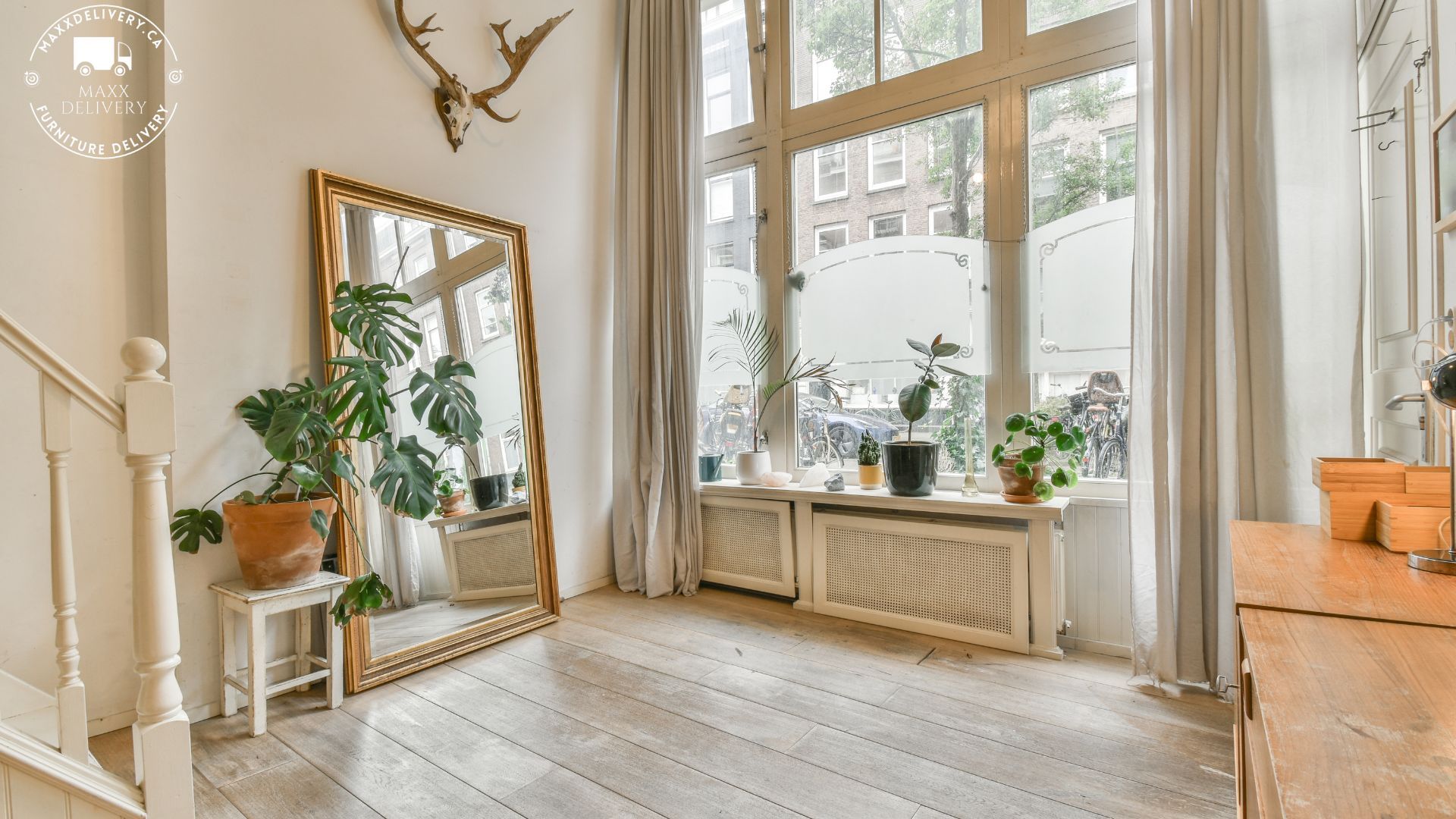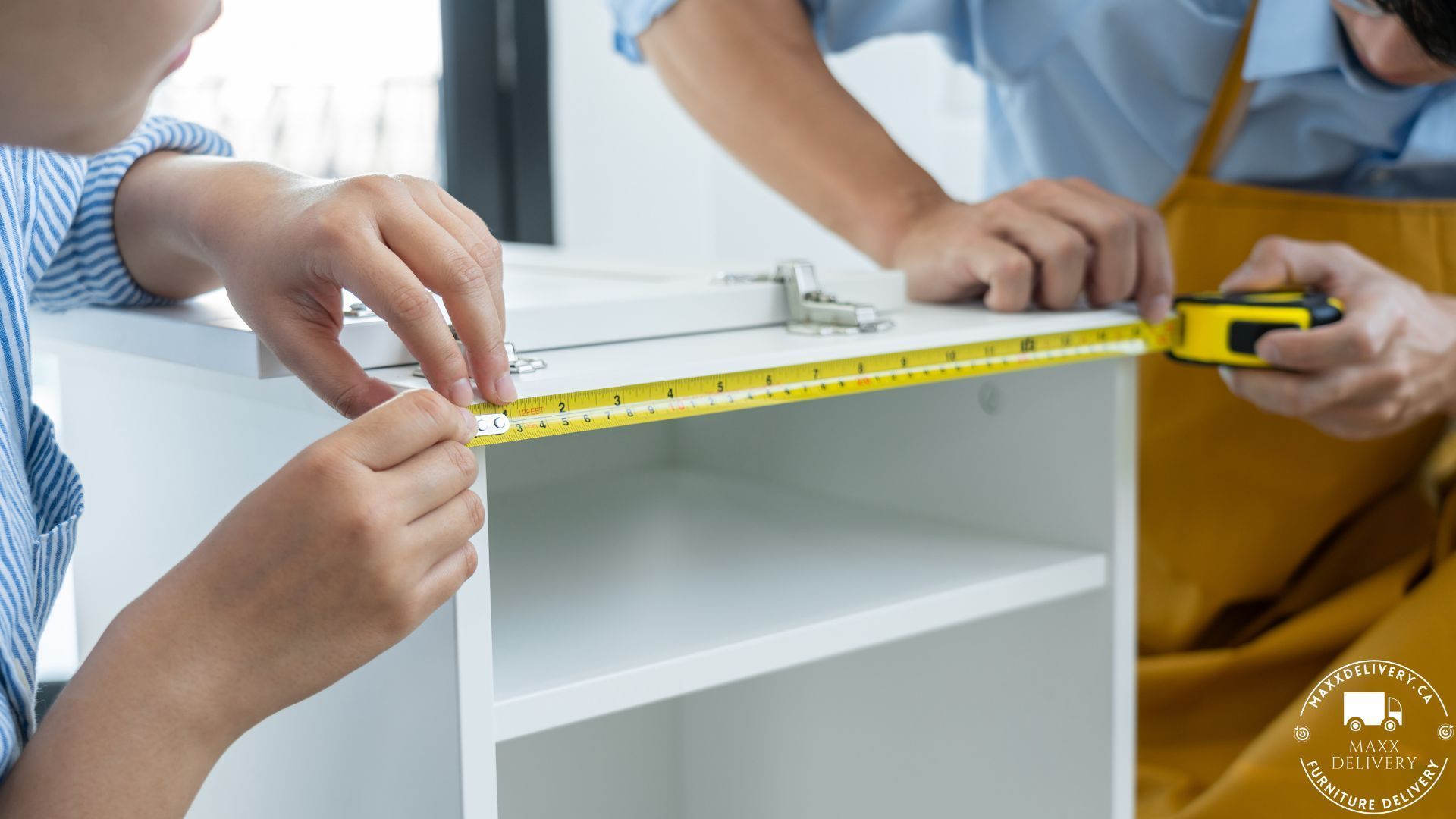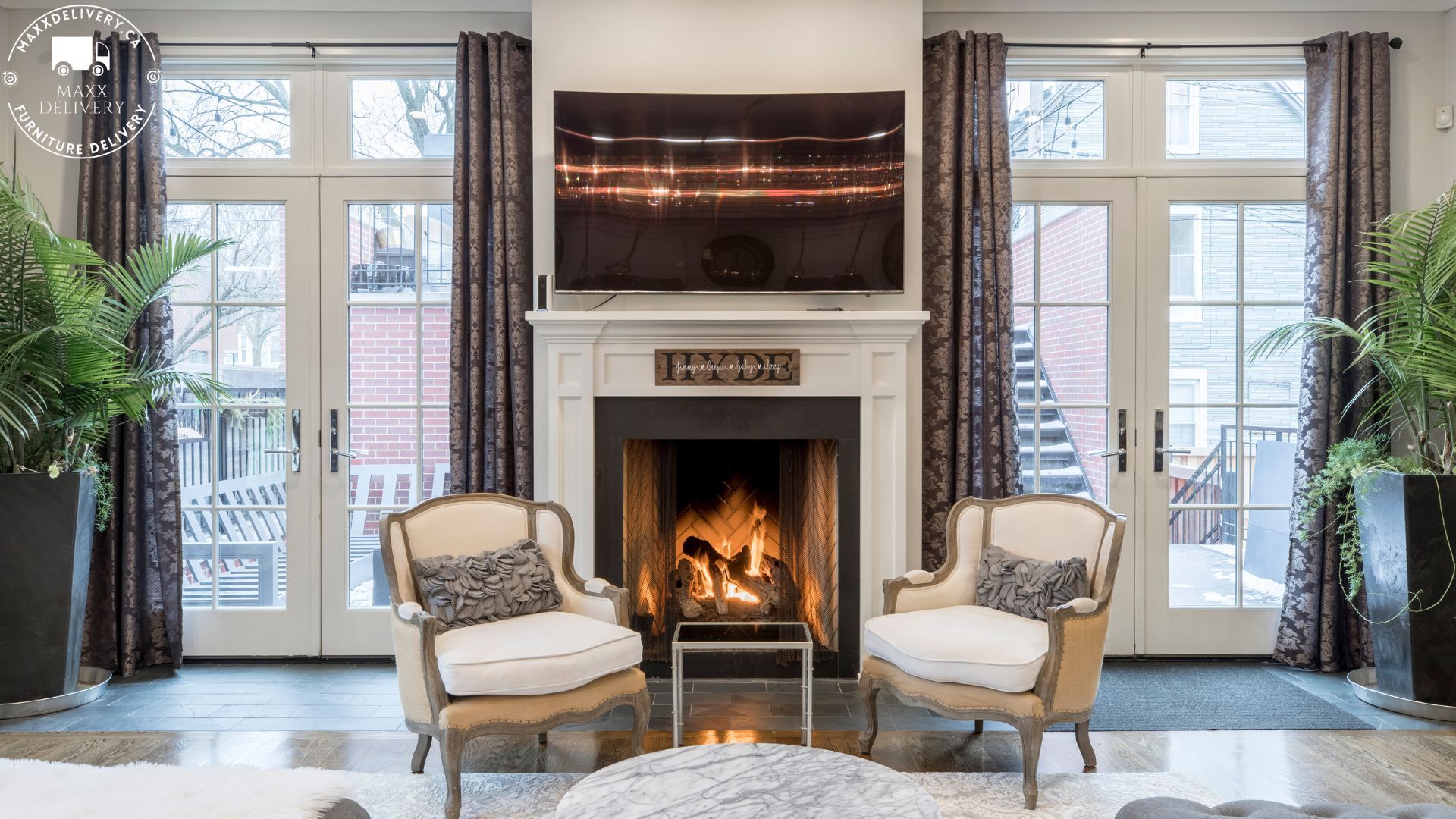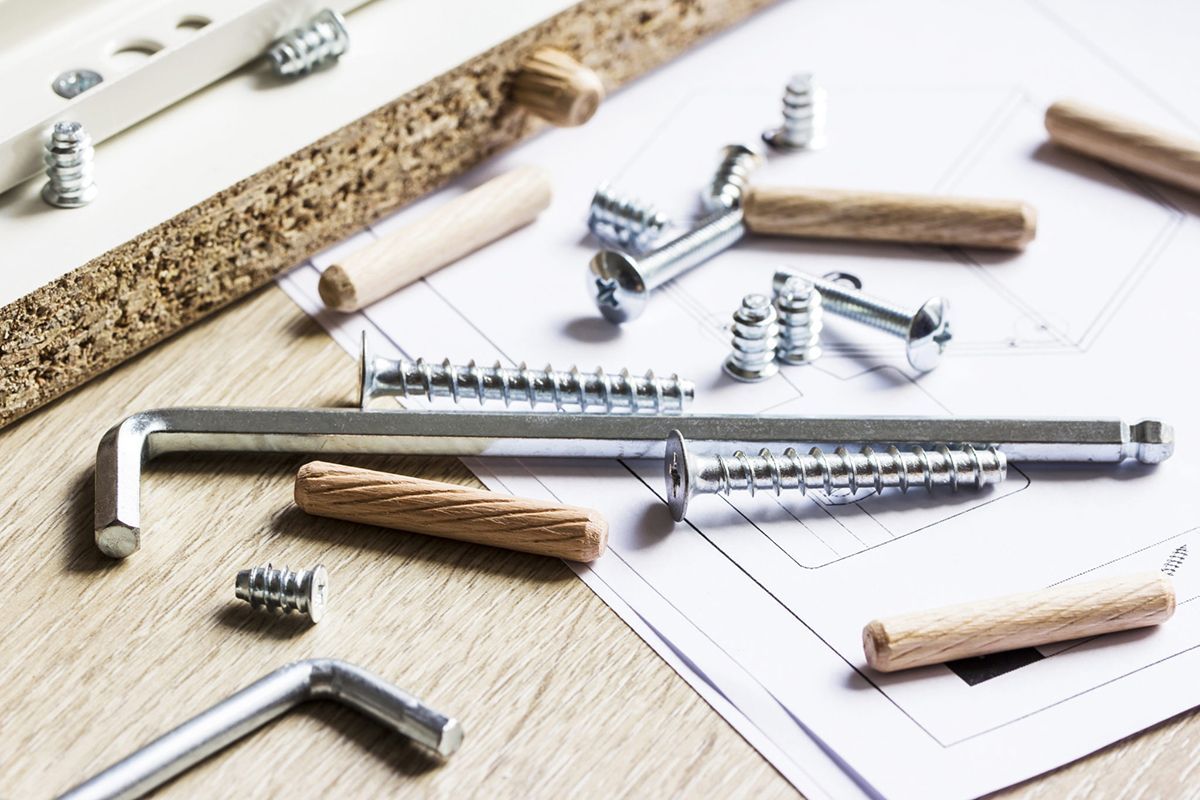Furniture Measurements, Essential Tips for Perfect Space Planning
Furnishing your home or office in Toronto or nearby cities like Mississauga or Brampton takes thoughtful planning and accurate measurements. Making the most of your space means selecting furniture that fits well in terms of both function and appearance. Proper measurements help prevent the frustration of finding out a piece won’t go through your doorway or hallway on delivery day. Start by measuring the length, width, and height of the area where each item will be placed. Include the full room dimensions and note any obstacles like radiators or windows. Next, check the size of doorways, hallways, staircases, and elevators that your furniture needs to pass through. This step makes moving items much smoother. When measuring furniture, note its height, width, depth, and diagonal depth (corner to corner). This last measurement is especially helpful for tight spaces. Double-check all measurements to avoid mistakes. Being prepared saves time and prevents the need to return items that don’t fit. With the right approach, furnishing your space becomes an easier and more enjoyable process. Careful planning turns the challenge of decorating into a straightforward experience, helping your new pieces fit perfectly and making your home or office a place you’ll love.

Measure Core Dimensions: Width, Depth, and Height
When choosing furniture, knowing the key measurements, width, depth, and height, is essential. The width refers to how wide the piece is across the front and shows how much space it will take along your wall or floor. Depth measures the distance from the front to the back, helping you see how far the furniture will extend into the room. This is important to ensure easy movement and enough open space. Height is measured from the bottom to the tallest point, which is crucial for making sure the piece fits well under ceilings, shelves, or light fixtures. Understanding these three measurements helps you pick furniture that fits your space perfectly. Proper measurements keep your room balanced and comfortable, avoiding pieces that are too big or too tall, which could block paths or make the space feel cramped. By taking the time to measure carefully, you can choose furniture that looks great, fits well, and keeps your home functional. Double-check these measurements before buying to avoid any unexpected issues. Spending a few extra minutes measuring ensures a more comfortable and inviting living space that suits your style and needs.
Don’t Forget Diagonal Depth for Delivery
When adding large furniture like sofas or recliners to your home, understanding diagonal depth is a must. This key measurement ensures your new piece can fit through tight doorways or hallways, a common issue in older Toronto homes and apartments with limited space. To measure the diagonal depth, use a measuring tape. Start at the top corner of the backrest and measure down to the front base. This quick step can make the delivery day smooth and stress-free. Why is diagonal depth so important? Many older homes have narrow doorways and hallways that can't fit larger furniture when carried straight in. By knowing this measurement, you can angle your furniture properly to avoid damage or the frustration of a piece getting stuck. This helps you avoid costly returns, wasted time, or even removing doors. Before buying any large furniture, measure your home's layout. Check the width of door frames, hallways, and stairwells to ensure they align with the diagonal depth of your new piece. Spending a few minutes on this task can save you from delivery day headaches and make your move hassle-free. Share these tips with friends moving in or around Toronto—they’ll be grateful!

Accurately Measure Your Space
Once you have the dimensions of your furniture, measuring your space is equally important. Start by measuring the length and width of the room, noting any irregularities such as alcoves or recesses. Don’t forget vertical measurements; the height from floor to ceiling is crucial for pieces like bookcases or wardrobes. Include these numbers in your planning to avoid overcrowding and maintain a good flow. Consider leaving at least 30 inches of space for walking paths between furniture or between a piece and the wall for comfort and accessibility.
Pay Attention to Entry Points
Measuring your room is only part of the equation. Take into account how your furniture will make its way into the space. Measure doorways, hallways, and staircases, noting their width and height. These measurements help ensure that your new sofa, table, or wardrobe won’t get stuck at the entrance. For multi-story homes or buildings with elevators, verify their size as well. Make sure to anticipate any potential obstacles such as tight corners, narrow passages, or low overhangs that could complicate the delivery.

Plan for Clearance and Functionality
A room that looks beautiful but is difficult to move around in can be frustrating. For this reason, when placing your furniture, ensure there’s enough clearance space. High-traffic areas should allow for at least 30 inches of room so people can pass by comfortably. This consideration is especially important for living rooms, dining areas, or offices where space needs to accommodate movement. Planning for clearance helps maintain the room’s functionality and makes daily life smoother.
Use Tools and Modern Technology for Accuracy
Technology has made measuring and planning spaces much simpler. Augmented reality (AR) and 3D room planner apps can help you visualize how a piece of furniture will look and fit in your space before you buy it. Tools like these provide added accuracy and convenience, letting you see potential layouts and make adjustments as needed. By combining these modern solutions with traditional measuring methods, you can be confident in your choices and prevent future complications.

Choose Professional Delivery Services in Toronto
After all the careful planning and measuring, the final step is getting your furniture delivered. This is where a professional service becomes essential. In Toronto and the GTA, choosing a reliable delivery company that specializes in moving and setting up furniture will save you time and stress. Look for services that understand the intricacies of city living, from narrow streets to parking restrictions. A good delivery team will navigate your space’s specific challenges and ensure your furniture arrives safely and in perfect condition.
MaxxDelivery Moving and Delivery Tips and Blog











